Once we decided to leave Miami and travel around the country, we naturally started to consider where, exactly, we wanted to go. The national park system ranks high on the list for obvious reasons. We didn’t need Ken Burns to tell us that these parks are one of America’s best ideas — these natural areas feature remarkable and incredibly diverse landscapes and wildlife. My photographer wanna-be heart sings at the thought of visiting and trying to capture these places.
But at the same time, there are lots of other interesting places to visit that are significant for scientific, cultural, historical or other reasons. Also, while there are national parks in many states, the most notable parks tend to be clustered in the west — with a few exceptions like the Everglades, our “home park.” We definitely didn’t want to start our adventure with days and days of driving to get west as quickly as possible. Instead, we’re planning to slowly make our way across the country, enjoying the gradual transition of landscapes.
To help figure out what points of interest lie along the path, we are relying in part on the full list of National Park Service units, which includes far more than just the 59 national parks. The National Park Service also administers 88 national monuments, 21 national preserves, 51 national historic parks, 89 national historic sites, 4 national battlefield parks, 9 national military parks, 12 national battlefields, 30 national memorials, 18 national recreation areas, 10 national seashores, 4 national lakeshores, 5 national rivers, 10 national wild and scenic rivers, 3 national reserves, 10 national parkways, 23 national historic trails (only 3 are official NPS units), and 14 national cemeteries. Also, there are 11 “other” units because, unbelievably, there are apparently not enough categories of park service units. I put together a spreadsheet of 418 different national park service sites that are potentially of interest to us — with far fewer categories — which should keep us busy for a little while.
So with this extensive list of sites that are deemed to be nationally significant, the National Park Service has handed us a roadmap of sorts, bringing our attention to noteworthy locations in each state we’ll visit. My spreadsheet highlights just how few nationally important sites we have visited. Here is our pitiful tally, as of now:
I’m only checking off as visited the sites that Ken and I have visited together. Places we only visited as kids definitely don’t count. The result is that right now we have a lot of locations left to see. Here’s hoping we can significantly improve our stats over the course of our travels.
In addition to tackling our big list of national sites, we intend to see other points of interest in the various places we’ll be staying. To support that effort, we are proud members of a local botanical garden (Mounts Botanical Garden) and science museum (Loggerhead Marinelife Center). Through the reciprocal benefits programs offered by the American Horticultural Society and the Association of Science – Technology Centers, we’ll be able to visit gardens and science centers all across the country, indulging in several of our favorite hobbies and interests.
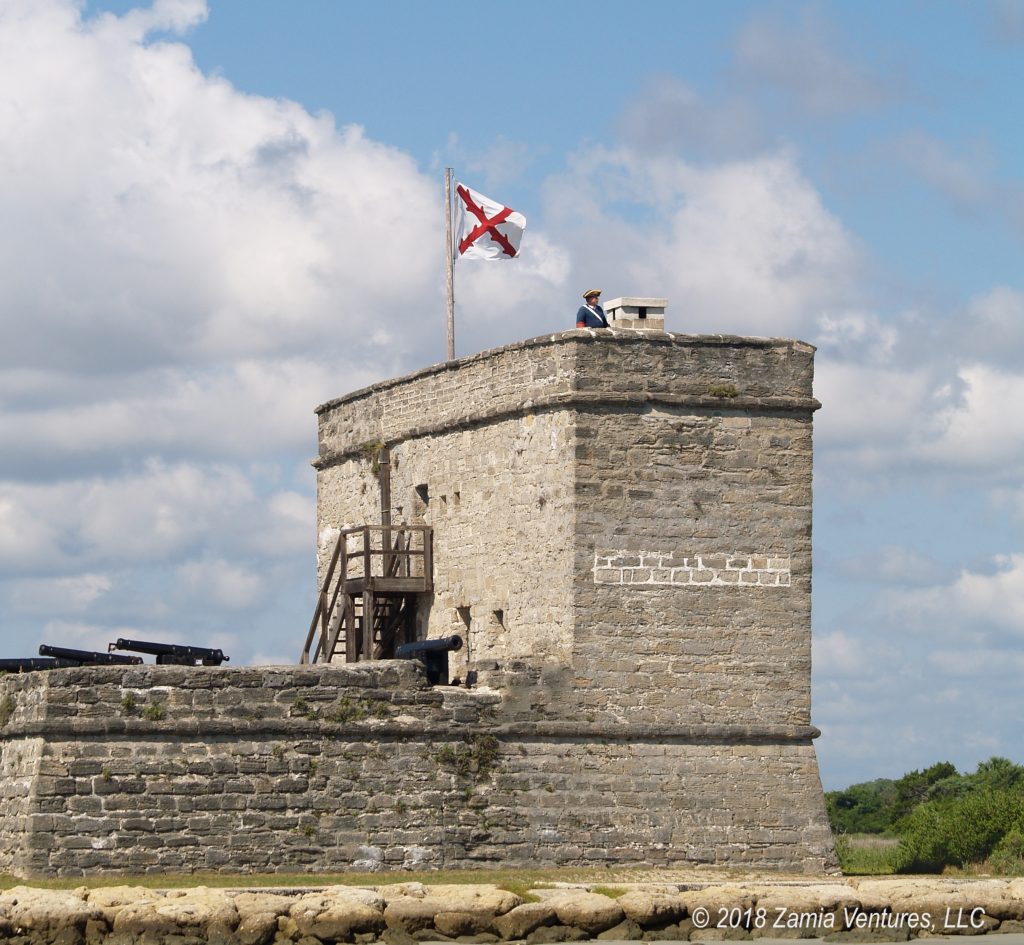
Finally, we’re leaving plenty of time to visit local restaurants, dairies, breweries, wineries, and distilleries (sense a pattern?) to try locally made products. Our general theme for 2018 of following the Lewis & Clark National Historic Trail will give structure to our journey from the heartland, across the Great Plains, and to the Pacific Northwest, but there will be countless extra destinations that are not directly related to the Corps of Discovery. Our goal is to approach them all with curiosity and excitement, in the hope of learning new things and developing a deeper appreciation for our country and our fellow citizens.
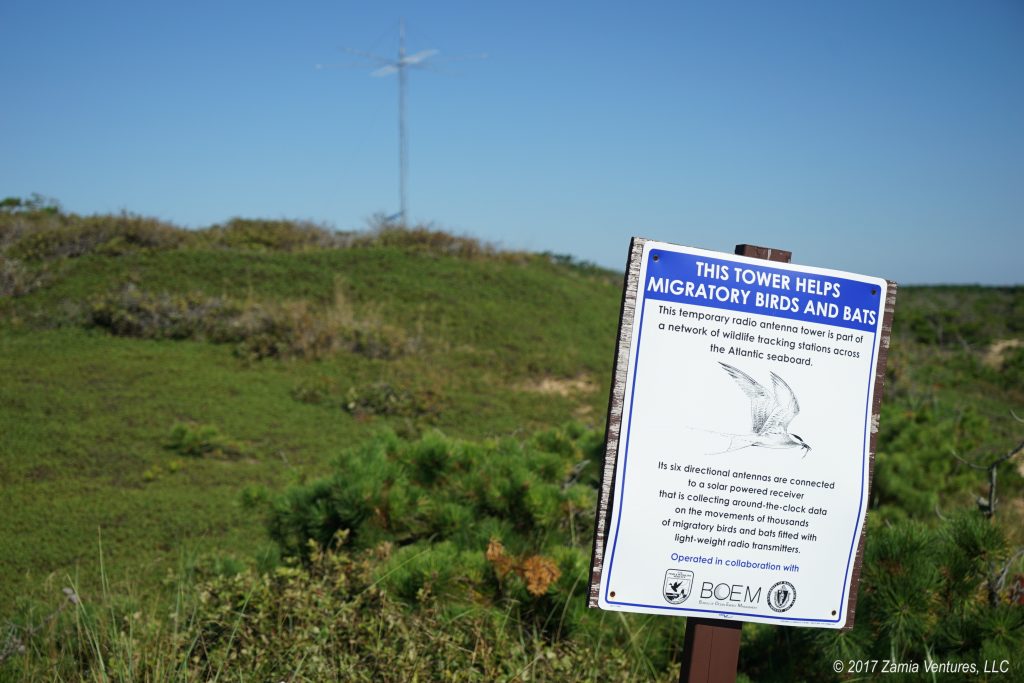
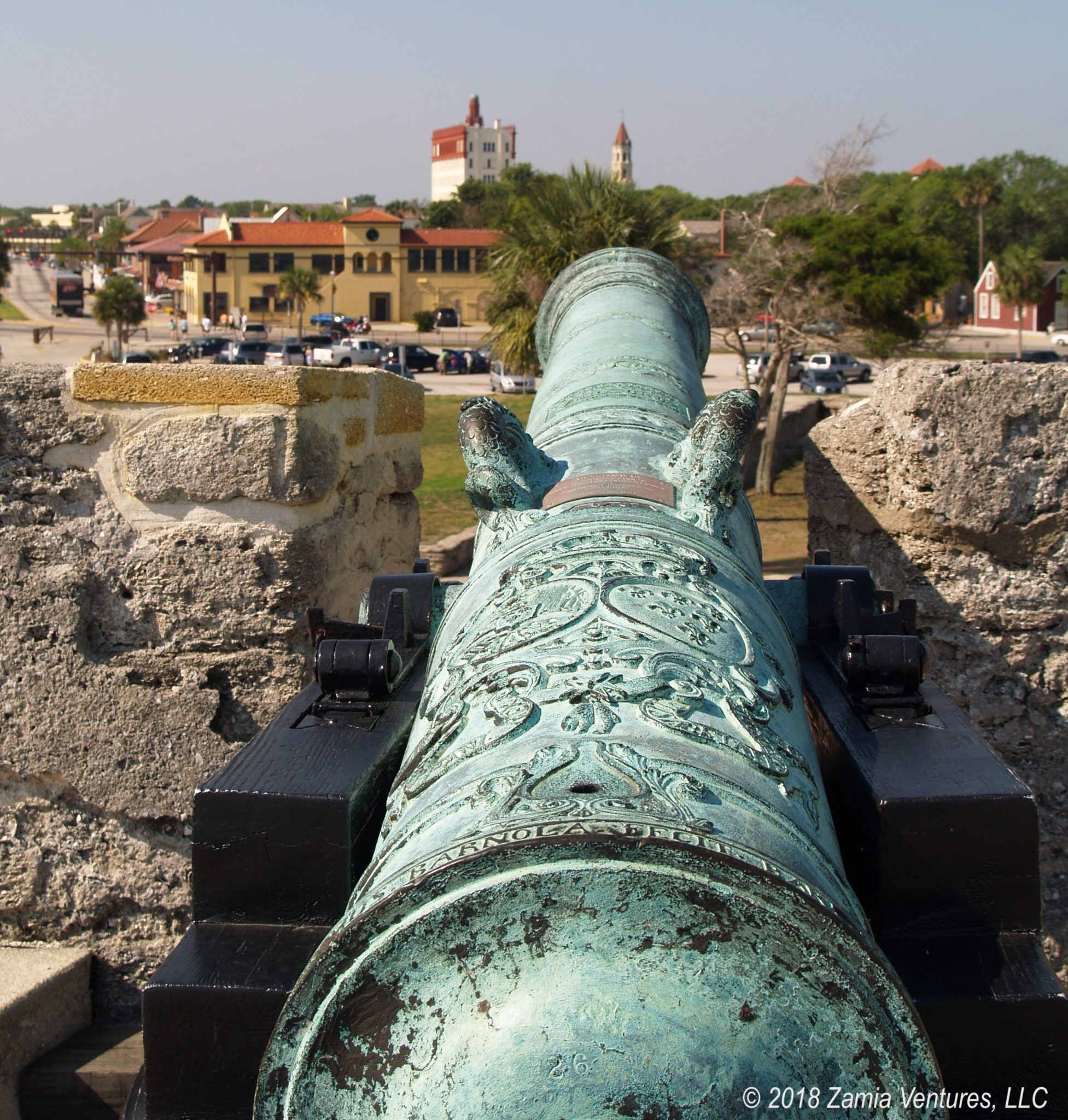
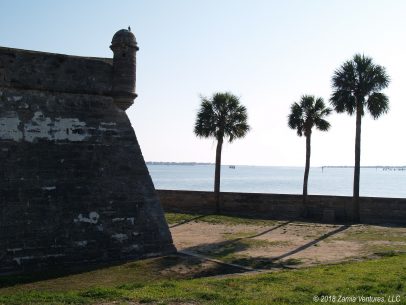
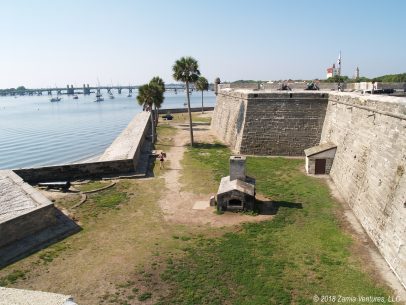
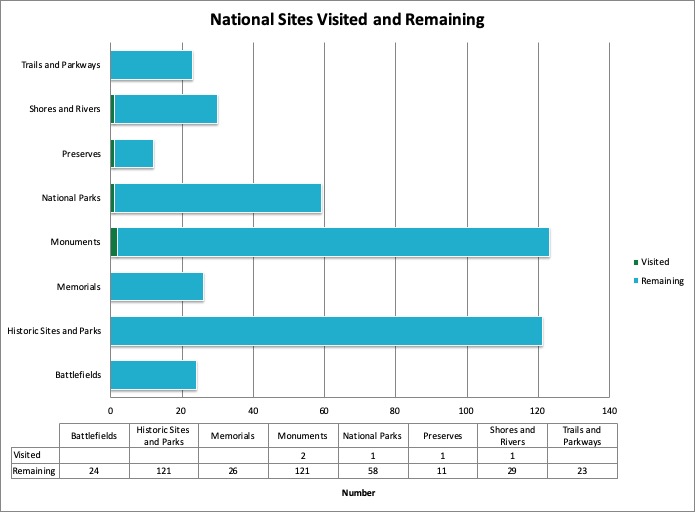
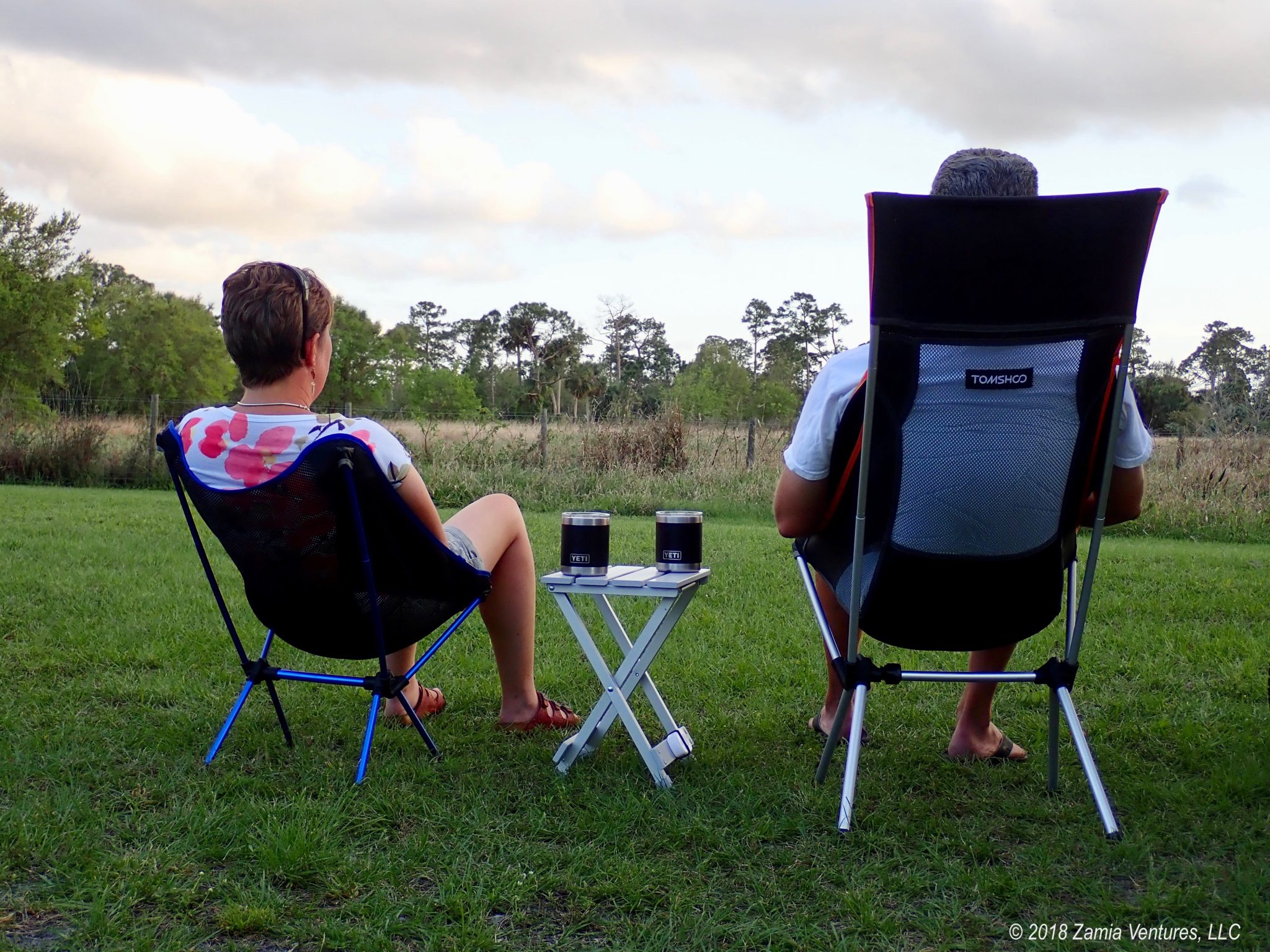
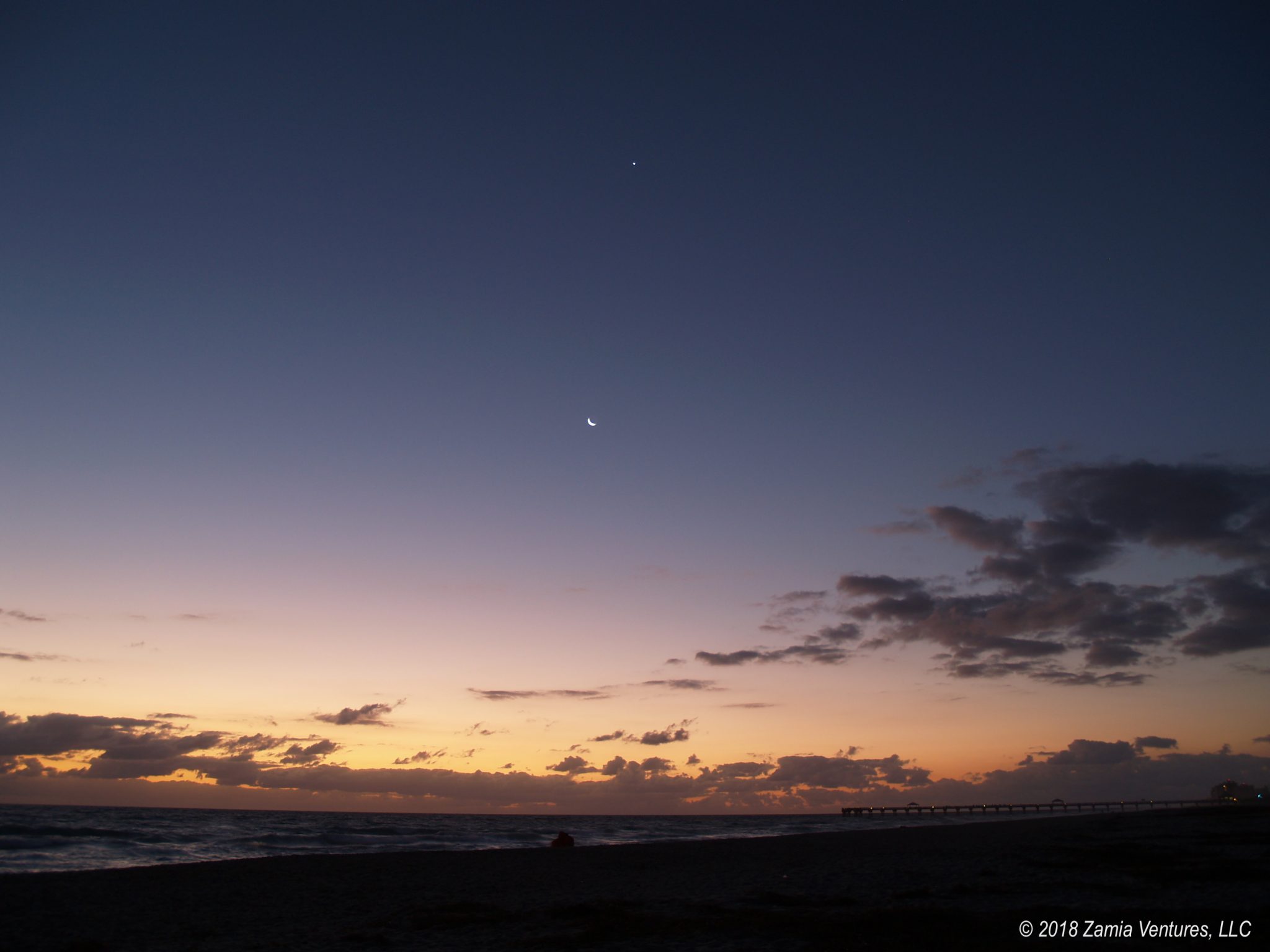

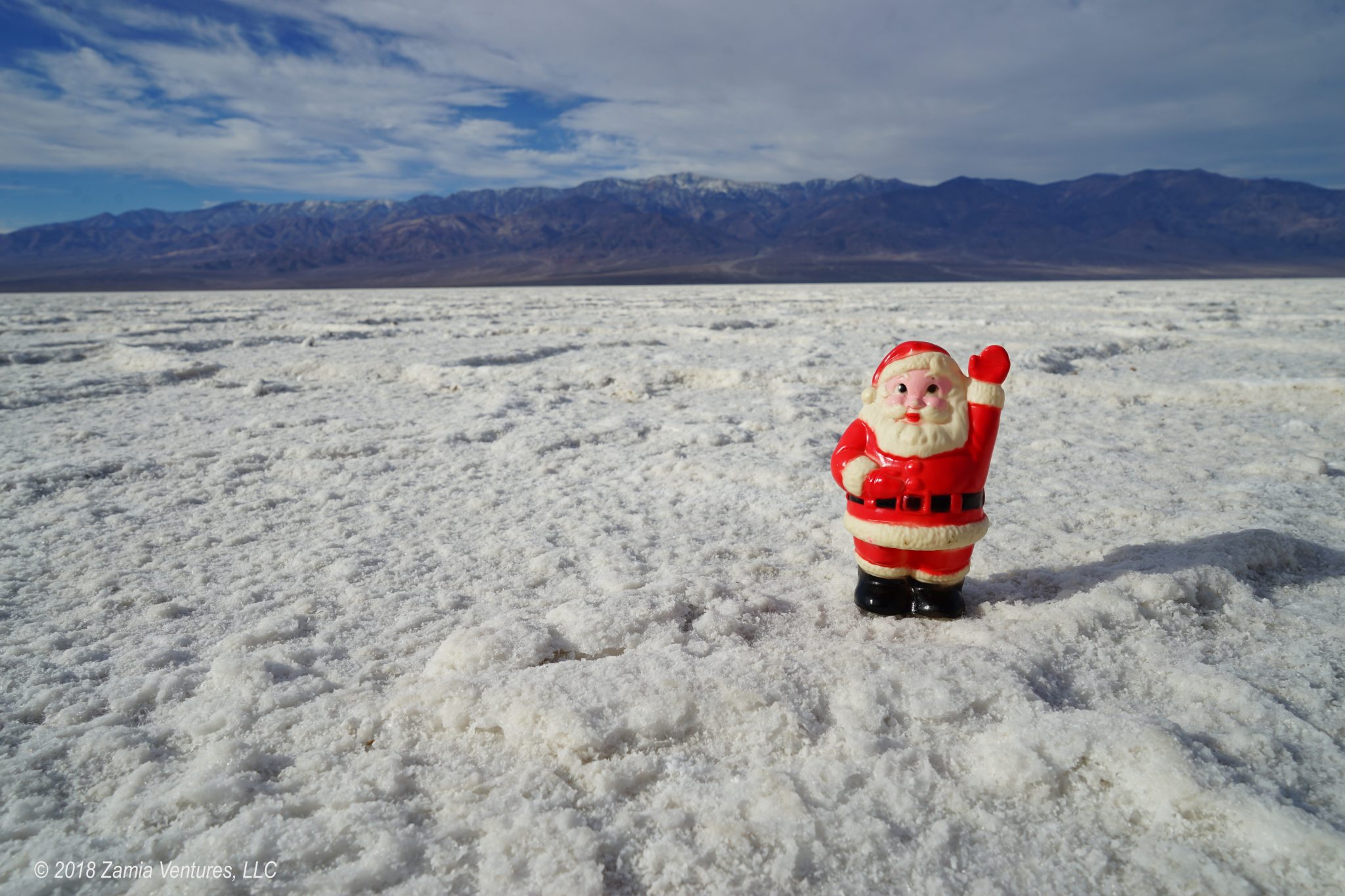
3 thoughts on “Charting the Course”